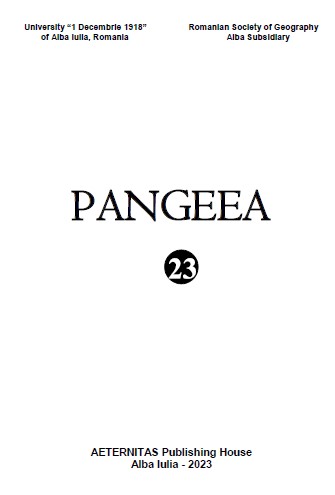THE GRAVITY MODEL IN STUDYING THE SPATIAL INTERACTION BETWEEN CITIES: A CASE STUDY OF CONSTANŢA COUNTY, DOBROGEA, ROMANIA
THE GRAVITY MODEL IN STUDYING THE SPATIAL INTERACTION BETWEEN CITIES: A CASE STUDY OF CONSTANŢA COUNTY, DOBROGEA, ROMANIA
Author(s): Gheorghe MateiSubject(s): Environmental Geography, Methodology and research technology, Rural and urban sociology
Published by: Editura Aeternitas
Keywords: Carey; Constanţa County; gravity model; Reilly-Converse; spatial interaction; Zipf;
Summary/Abstract: The gravitational model is the most common tool in urban geography in spatial interaction modeling. This model, derived from Isaac Newton's law of universal gravity, uses two variables to estimate the spatial interaction between at least two points (cities in our case): the number of the population of these cities and the distance between them. The use of gravitational force in predicting spatial interaction dates back to before 1850. This study aims to study the spatial interaction between the cities of Constanţa County, Dobrogea region, Romania through three models proposed by H.C. Carey, W.J. Reilly-P.D. Converse and G.K. Zipf. The spatial interaction between the county-capital city of Constanţa and the other cities in the county weakens with the departure from it, becoming negative. Having the largest number of inhabitants, Constanţa extends its urban influence to the entire county. The only city in the county that comes closest to the zipfian distribution is Mangalia.
Journal: PANGEEA
- Issue Year: 23/2023
- Issue No: 23
- Page Range: 85-92
- Page Count: 8
- Language: English

